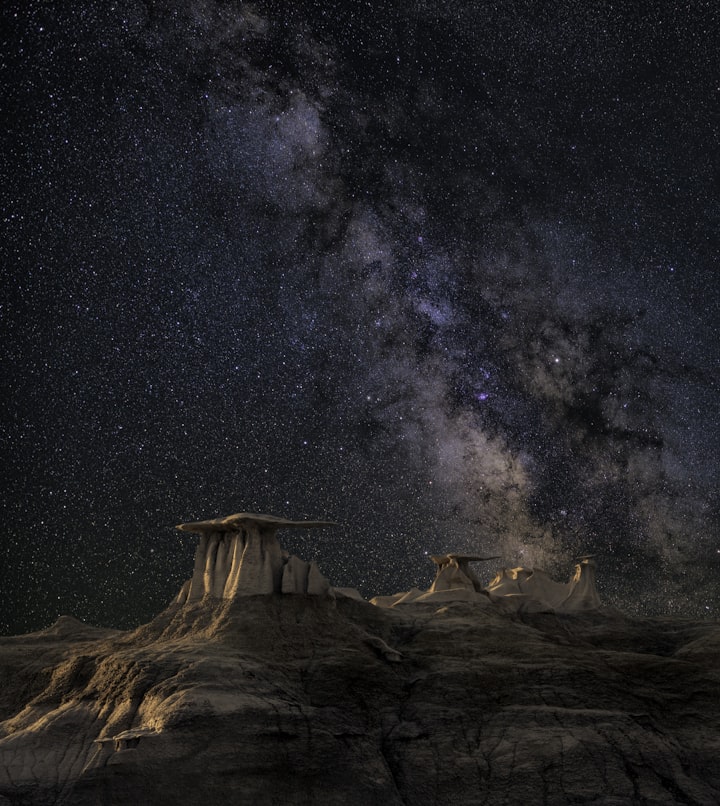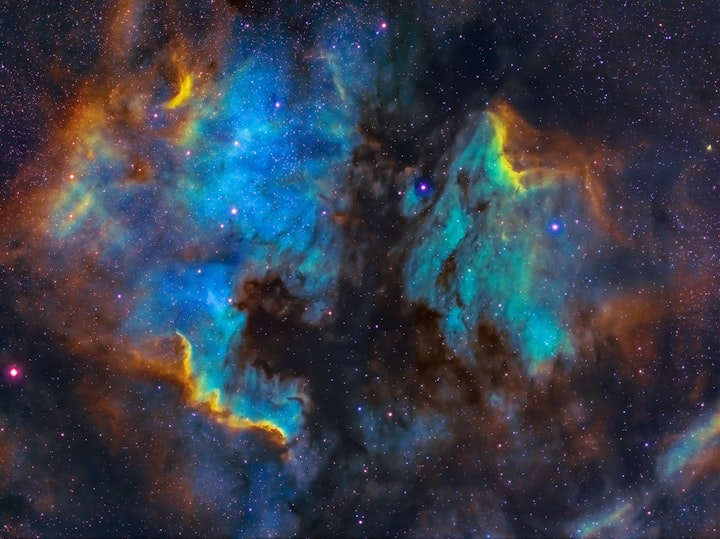
Introduction
Imagine a journey through our solar system, where you can lace up your running shoes and test your speed on the diverse terrains of each planet. From the scorching heat of Venus to the frigid expanses of Mars, the alien landscapes of our neighboring planets offer unique challenges and opportunities for human exploration.
Mercury: The Speed Demon
Our journey begins with the closest planet to the Sun, Mercury. As you step onto its desolate surface, you'll notice a barren landscape marked by countless craters from past impacts. Mercury's extreme temperature fluctuations, with scorching days and frigid nights, would make running challenging without a spacesuit. However, the reduced gravity on Mercury, where you weigh only 38% of your Earth weight, would give you an incredible advantage. With proper equipment, you could reach speeds of up to 13 miles per hour, making you feel like an Olympic sprinter.
Venus: Running Through Hell
As you approach Venus, you encounter a hellish world with a thick, choking atmosphere of carbon dioxide. The surface is brutally hot, with temperatures soaring to a scorching 870 degrees Fahrenheit on average. Although Venus has a similar size and gravity to Earth, the intense heat and pressure would make running nearly impossible without advanced technology. However, if you could overcome these challenges, you might achieve speeds of around 8.5 miles per hour, thanks to its Earth-like gravity.
Mars: Red Planet, Rusty Challenge
Mars, the fourth planet from the Sun, greets you with its rust-colored landscape and a thin, dusty atmosphere. Here, you'll encounter a weight only 38% of your Earth weight due to lower gravity. While your bulky spacesuit may slow you down, you can still achieve an impressive running speed of up to 12 miles per hour on this cold and dusty world. Just watch out for the occasional dust storms that can engulf the entire planet.
Jupiter and Saturn: Gas Giants and Windy Wanderers
Jupiter and Saturn, the gas giants of our solar system, present unique challenges. These massive planets have no solid surface to run on, and their extreme atmospheric conditions, including powerful winds, would make running impossible. Jupiter's Great Red Spot, a massive storm, dwarfs our planet and features winds exceeding hurricane speeds. Saturn's iconic rings add to the allure of these giants, but they offer no foothold for intrepid runners.
Uranus and Neptune: The Ice Giants
Uranus and Neptune, the ice giants, are distant and inhospitable worlds. These planets lack a solid surface and consist mainly of icy and gaseous materials. Running on them would be a surreal experience, akin to trying to run through a stormy, icy void. Their extreme cold, high winds, and lack of solid ground would render any attempt at running futile.
Exoplanets: The Search for Habitability
Beyond our solar system, astronomers have identified potentially habitable exoplanets orbiting other stars. Some of these distant worlds, such as Kepler-1638b and LHS 1140b, could offer conditions suitable for life. However, the specifics of running on these exoplanets remain speculative, as their atmospheres, gravity, and terrains are still largely unknown.
Conclusion
Our solar system is a diverse and challenging playground for those with an adventurous spirit. From the blistering heat of Venus to the dusty plains of Mars, each planet presents its own set of obstacles and opportunities for exploration. While some worlds offer reduced gravity that could turn you into a speedster, others, like the gas giants, remain mysterious and untouchable.
As we continue to study our solar system and search for habitable exoplanets, the dream of running on alien worlds may one day become a reality. Until then, we can marvel at the wonders of our solar system and imagine the possibilities that lie beyond our planet's boundaries.






Comments
There are no comments for this story
Be the first to respond and start the conversation.